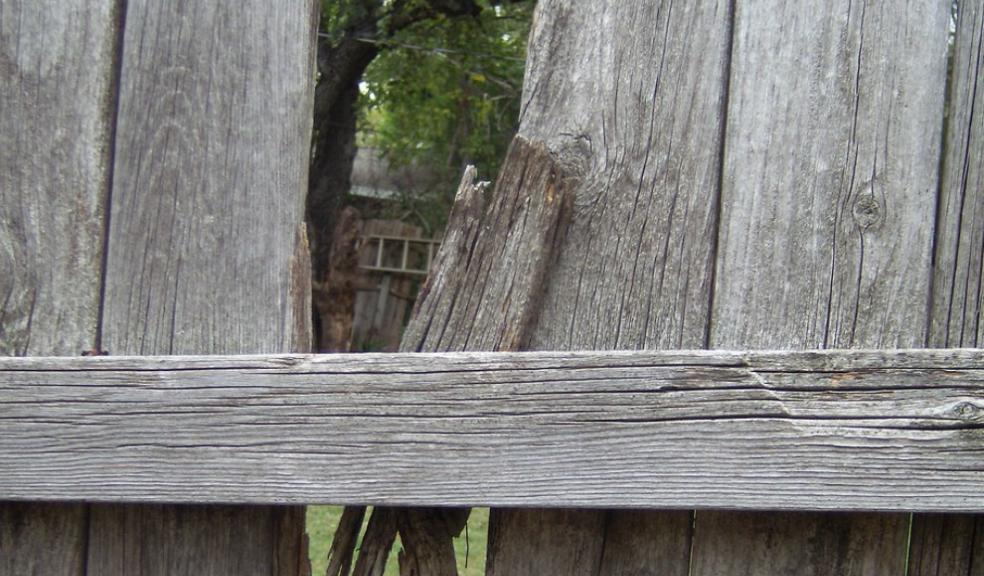
Mastering the Art of Fence Panel Replacement and Timber Fencing Repair
Fences are not merely physical barriers; they are essential elements that define our property boundaries, provide security, and enhance the aesthetic appeal of our outdoor spaces. Over time, however, even the most well-built timber fences may require maintenance and repair. In this article, we will explore the art of replacing fence panels and repairing timber fencing, ensuring longevity and beauty for your outdoor enclosure.
- Assessing the Damage
Before commencing any repairs, it is crucial to assess the extent of the damage. Inspect your fence panels for signs of rot, warping, or breakage. Identifying the problem areas accurately will help you determine whether the entire panel needs replacing or if minor repairs will suffice.
- Gathering the Necessary Tools and Materials
To undertake fence panel replacement and timber fencing repair, gather the following tools and materials:
- Screwdriver or drill
- Hammer
- Nails or screws
- Replacement fence panels
- Gravel or concrete mix (for fence post installation)
- Spirit level
- Saw
- Protective gear (gloves, goggles, etc.)
- Replacing Fence Panels
If a fence panel is beyond repair, replacing it is the best course of action. Follow these steps for a successful replacement: a. Remove the damaged panel: Carefully remove any nails or screws attaching the damaged panel to the fence posts using a screwdriver or drill. b. Measure and cut the replacement panel: Take precise measurements of the gap left by the removed panel and use a saw to cut the new panel to the appropriate size. c. Attach the replacement panel: Position the replacement panel between the existing fence posts and secure it using nails or screws. Ensure the panel is level and aligns with neighbouring panels for a seamless look.
- Repairing Timber Fencing
For minor damages to timber fencing, repair is often feasible. Consider the following steps to restore the integrity of your fence: a. Fix loose or broken boards: Use a screwdriver or drill to remove any loose nails or screws, then reattach the boards securely to the fence posts. b. Replace damaged timber: In cases where the timber is severely rotted or damaged, carefully remove the affected section using a saw. Cut a new piece of timber to match the dimensions and attach it securely to the existing structure. c. Treat the timber: Apply a wood preservative or protective sealant to prevent future damage from weather conditions or insects.
- Ensuring Stability with 8ft Fence Posts
A solid foundation is vital for the stability and longevity of your fence. Consider the use of 8ft fence posts for enhanced structural support. These longer posts offer increased stability and are particularly useful in areas prone to high winds or soft soil. When installing an 8ft fence post, ensure they are firmly set in the ground, either with gravel or a concrete mix. Use a spirit level to guarantee their vertical alignment.
Why Repair and Replace?
Keeping up with regular fence maintenance offers several notable benefits. Firstly, it helps preserve the structural integrity of the fence, preventing costly repairs or replacements down the line. Additionally, regular maintenance enhances the aesthetic appeal of your outdoor space, contributing to its overall beauty and curb appeal. By addressing minor issues promptly, you can prevent them from escalating into more significant problems, ensuring a secure and visually pleasing fence that stands the test of time.
By following the steps outlined above, you can expertly replace fence panels and address minor damages, ensuring the longevity and functionality of your fence. Remember to prioritize safety by using the appropriate tools and protective gear. With dedication and care, you can enjoy a beautiful and sturdy timber fence for years to come.









